Launched in January 2016, the EU Covenant on Demographic Change is committed to creating environments that support active and healthy ageing through the exchange of best practices. The AFE-INNOVNET project, which aimed to set up this covenant, managed to bring together 29 partners from 18 countries.
The company continues to make good progress, a little less than a month after having received Fast Track designation from the Food and Drug Administration (FDA) for its QR-010 molecule. Co-funded under H2020, QR-010 is expected to treat cystic fibrosis (CF) patients who carry the common ∆F508 mutation — that is, 70 % of CF patients.
Did you sleep badly on the night between Thursday 18 August and Friday 19 August? Perhaps you had a particularly vivid nightmare or inexplicably woke up much earlier than usual. On that night there was a particularly large full moon, known in August as a Full Sturgeon Moon. Traditionally, a full moon is not only said to be able to turn humans into werewolves, but less excitedly, is a harbinger of a restless night’s sleep.
Research from the EU-funded MIME project has rejected the idea that reducing the number of official EU languages would be more effective, efficient and inclusive. Rather, they argue that such a policy would exclude approximately four out of five Europeans from having a deep understanding of official EU information.
Viewing history through the prism of traditionally unexplored social fields, EU-funded researchers pull back the curtain on what really caused the fall of communist regimes in Central and Eastern Europe.
EU-funded research shows that when climate change policy focuses only on mitigation without considering adaptation costs and residual damages, unintended inequalities result.
Research stemming from the EU-funded TERRAGEN project has found that forest fragmentation has prompted a decline in species sensitive to changes in light, moisture and temperature.
As 13 August is recognised worldwide as International Left-Handers Day, there has been an increased focus over the past week on the biological and genetic causes of left-handedness in humans, as well as the health, social and economic ramifications of being a ‘southpaw’.

The world’s energy needs require a policy approach that addresses both local and international considerations, from climate change and technology transfer to trading with developing nations.

Companies often respond to financial crisis with cost-cutting measures known as adjustment costs that affect the workforce. EU-funded researchers examined the impact of employment adjustment using data from Denmark to answer related policy questions.

Oysters cultivated in the Bay of Biscay make a valuable contribution to the local economy, with gourmets paying a premium for 'green oysters'. The microscopic marine algae responsible for the colouring are the subject of an EU-funded initiative.

EU-funded researchers have developed an autonomous robot to increase productivity in the shipyard industry. In cooperation with human operators, this robot co-worker can perform arduous and repetitive tasks in any large, unstructured industrial environment

Better ways of analysing policy impacts helps policymakers articulate more effective research polities to support growth, the environment and other societal concerns.

The Polish ATLAB Centre is a multi-profile research unit that focuses on the development and application of isotope geochemistry. Thanks to EU funding, the Centre is now able to fully realise its research potential.

An in-depth study of how four European cities absorb immigrants has shed new light on devising better integration policies.

Aquaculture can play an important role in enhancing food security, alleviating poverty and improving nutrition in developing nations and low-income food-deficit countries (LIFDCs). An EU initiative explored methods enabling researchers to understand how aquaculture can promote development.

An EU-funded study on the ways of life of a colonising and farming community of a post-Medieval town can promote our understanding of the recent past. Demographic variables, common diseases and dietary resources are just some of the indicators.
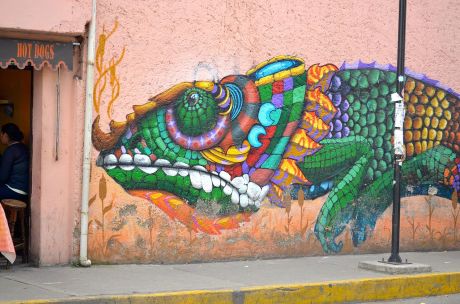
Graffiti is a new-age art form with new meaning for the EU. The digital graffiti platform creates visibility and generates sales for small businesses.

An EU team developed a new understanding of the history and future of coastal regions. The study examined the period between the late Stone Age and early Bronze Age, and developed tools for assessing and managing coastal archaeological sites.
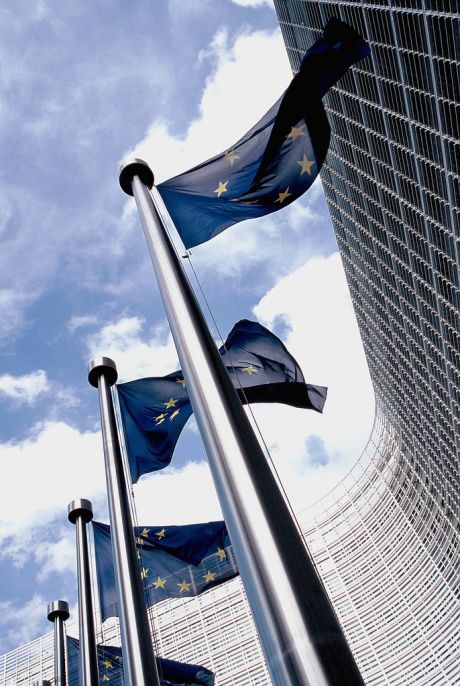
Thanks to an EU initiative, Europe will soon lead the way towards sustainability by supporting both globalisation and sustainable development.
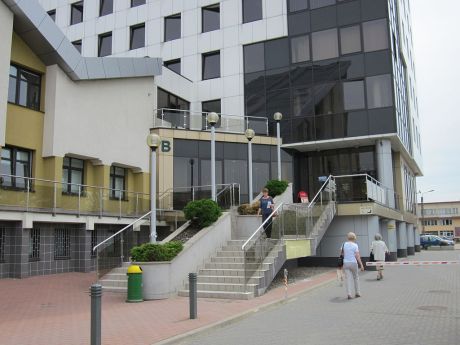
Developed countries are spending more and more on social insurance (SI) policies. EU-funded researchers analysed different innovative SI policies and their welfare benefits to find ways of enhancing them or better still, arrive at more efficient alternatives.
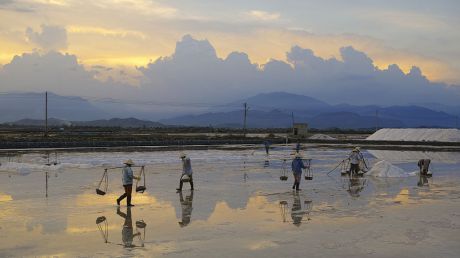
Stronger European research ties with south-east Asia will help both world regions benefit from technologies and solutions related to climate change and resource efficiency.

A study seeks to understand the correlation of when people are most likely to engage in ethical rule violations and cooperation with others.

What spurs universities to create a visual identity and what are the repercussions? A pioneering study seeks to find out.
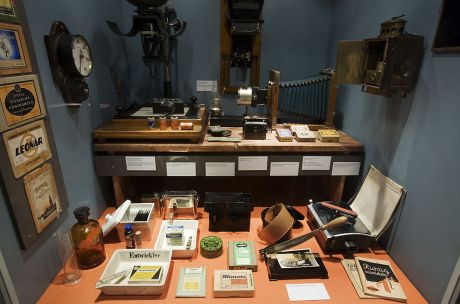
An EU initiative is studying the emergence and transition of prehistoric tool technology.















